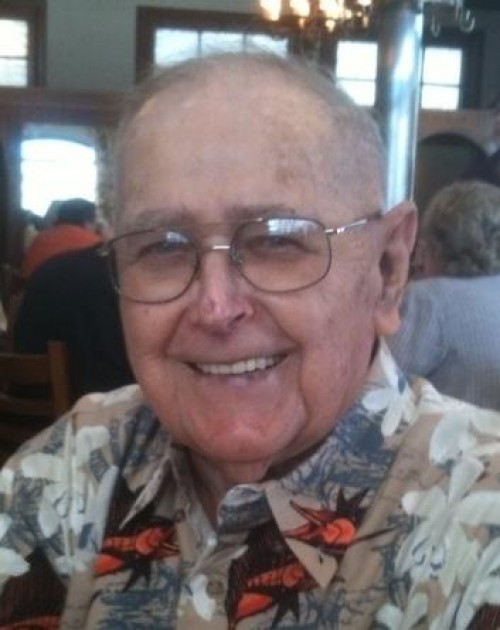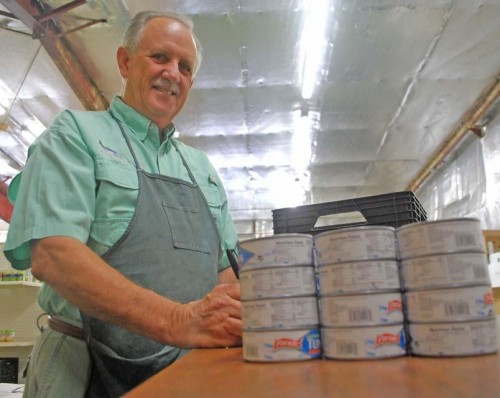
Nelson Joseph Guillot Jr.
September 7, 2011Friday, Sept. 9
September 9, 2011“Don’t even mention the word busy,” said Emma Hadley, co-manager of the Good Samaritan Food Bank in Thibodaux. “Don’t even mention that word. We’ve been quite busy the last couple of months.”
Fifty percent of the 31,000 people in the Tri-parish area who were deemed food insecure by a national, county-level hunger study are children under the age of 18.
Feeding America, a national hunger relief organization, in conjunction with Second Harvest Food Bank of New Orleans, released the study last month. The study said more than $265 million in additional funds would be needed to meet the state’s food needs in 2009.
Across Louisiana, 645,000 people, or 15 percent of the population, struggle with hunger and are classified as food insecure by the study. Twenty-two percent of the state’s population of people under the age of 18, 247,000 children, are food insecure.
St. Mary Parish had the highest percentage of food insecure residents in the Tri-parishes at nearly 16 percent. One in four children struggle with hunger in the parish.
Twelve percent of the population in Terrebonne, and 22 percent of the parish’s children are food insecure.
In Lafourche, the percentage of children who struggle with hunger is on par with Terrebonne, and 11 percent of the total population was labeled food insecure.
Melodia Benoit is a co-manager at the Thibodaux food bank and manages the Good Samaritan in Raceland. Benoit said the Thibodaux food bank is the busier one of the two, averaging between 16 and 32 clients each day it’s open.
“For Thibodaux, I order every month,” Benoit said. “We get maybe 6,000 to 9,000 pounds of food every month, just for Thibodaux.”
The Diocese of Houma-Thibodaux Catholic Charities oversees three Good Samaritan Food Banks, with the third located in Houma. The food banks stock their shelves by placing orders with Second Harvest Food Bank and filling the gaps with purchases at local grocery stores.
Despite a lower-than-average unemployment rate in Terrebonne and Lafourche, Hadley said the economy has driven a recent influx of clients.
“People have lost jobs,” said Hadley, who has been with Good Samaritan for 26 years. “That’s basically our clients, people that have lost jobs in the last year. We’ve seen more this year at this time than we did last year at this time. From ’07 until now, it has increased tremendously.”
In Thibodaux, more than 300 clients show up each month, Benoit said. In order to qualify, applicants must first go through a screening process and show that they pay more in bills than their monthly income.
The clients’ needs are individualized, but senior citizens’ concerns are the most prevalent.
“It’s whatever their circumstances are,” Benoit said. “We do see senior citizens who are on low incomes, and they don’t qualify for much on food stamps. You have the elderly, who if they are only getting $674 on their Social Security checks and only allowed $10 to $36 of food stamps and they’re probably on medicine, we want to help them with their food, to where they can still purchase their medicine.”
Households that live above 185 percent of the federal poverty line are not always eligible for federal assistance. Thirty-two percent of the state’s food-insecure population lives above that line, putting the onus on food banks to help these families acquire the food they need.
“One in five children in south Louisiana is food insecure and the number is growing,” said Natalie Jayroe, president and CEO of Second Harvest. “Good nutrition is absolutely critical for children to learn and succeed in school and in life. …These children (in households that aren’t eligible for federal assistance) have few options for obtaining food assistance outside of Second Harvest Food Bank or other charitable food programs.”
Good Samaritan’s stock is supplemented with Post Office food drives and donations. Donations can include food items being delivered directly to the banks or money, which is funneled through the Houma-Thibodaux Diocese and divided amongst the Good Samaritan locations.
The Peltier Foundation makes sizable donations a couple times each year, the Alario Foundation funded construction of the Thibodaux food bank’s new building and the Gheens Foundation donates to the Raceland food bank, Hadley said.
Good Samaritan has dealt with the up-tick in clients with a devoted staff of volunteers. “I don’t know what I’d do without my volunteers,” Benoit said.
Robert Arceneaux has been on the Good Samaritan Board of Directors for eight years and has volunteered in Thibodaux for five years. He said more than 4,000 pounds of food was donated in August, most of which came from a former client who the food bank helped rebound after he lost his job.
“He said, ‘I was so embarrassed to come make an application, but I’ve got three truck notes and my house is almost paid off. I lost my job,'” Arceneaux said. “He said, ‘I can’t let those bills slide because I’m too close to getting it paid off. If y’all can help me, I’ll never forget it.
“This guy that makes $2,000 a week, he was doing good. Then he loses his job and he’s got to come make an application for free food. That really hurt that man. …Those are the kind of stories that make this worthwhile.”
Robert Arceneaux, a member of the Good Samaritan Food Bank of Thibodaux Board of Directors and volunteer at the food bank, poses for a picture in between labeling cans of tuna fish. ERIC BESSON











